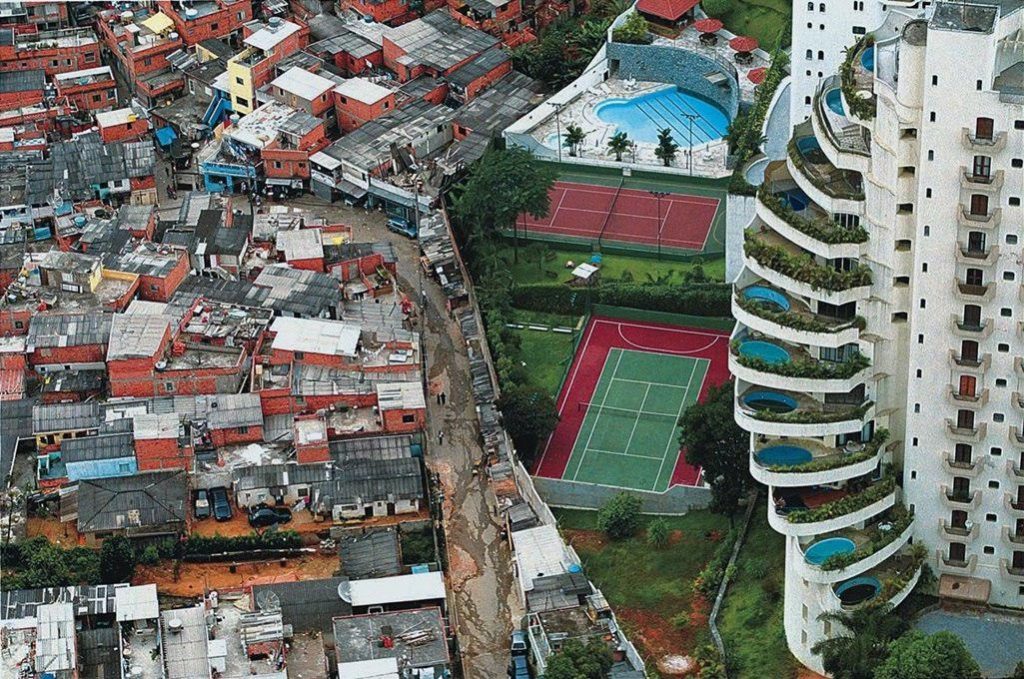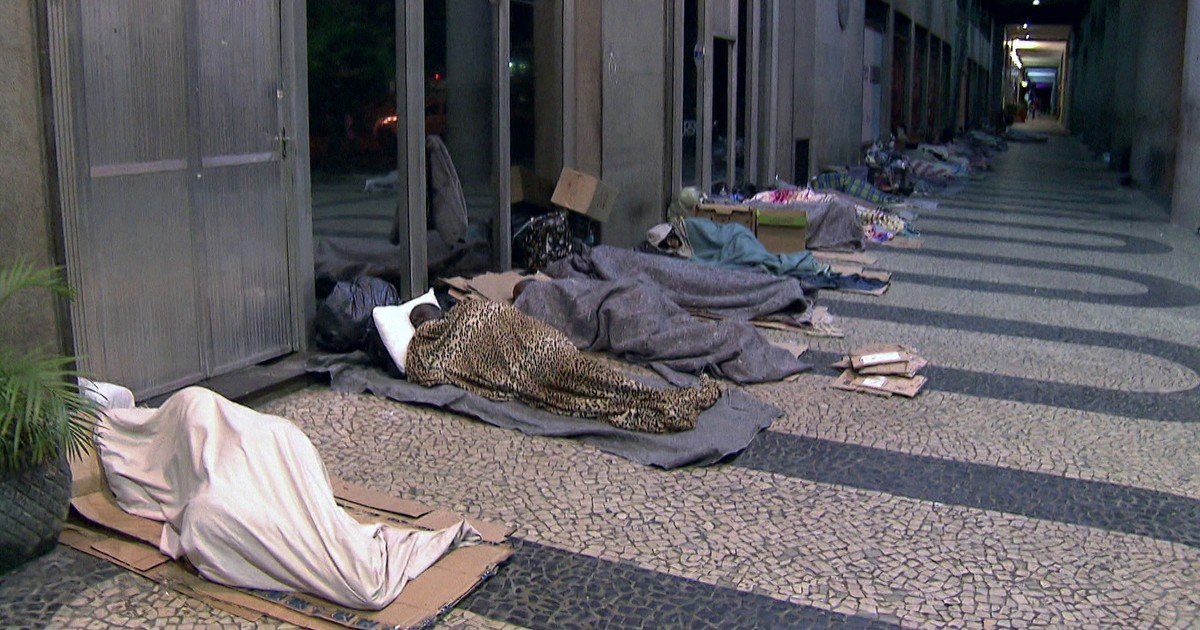RIO DE JANEIRO, BRAZIL – Brazil sees an explosion in income inequality, unprecedented since 1960 when the Brazilian Institute of Geography and Statistics (IBGE) began to gather data on the population’s income in demographic censuses.
The new pattern of income concentration that emerges from governments in the second half of the 2010s is unprecedented, as it combines economic decline with the destructuring of the labor market and the accelerated increase in poverty.

Between the coup of 1964 and Dilma Rousseff’s impeachment in 2016, there are three distinct patterns of increase in income inequality recorded by the IBGE and measured by the Gini Index (inequality ranging from 0 to 1, 1 being extreme inequality and zero the absence of inequality in the personal distribution of income). All three patterns have their own features, as shown below.
In the first pattern recorded during the civilian-military dictatorship, there was rapid economic growth coupled with the significant expansion of formal employment and the accelerated drop in the poverty rate. In spite of this, the Gini index grew on average 0.8 percent per year between 1960 and 1980, going from 0.50 to 0.59.
During this same period of time, the Brazilian economy grew at an average rate of 7.1 percent per year and per capita GDP at 4.3 percent, while formal employment rose 8.6 percent per year and the poverty rate fell 2.2 percent per year on average. The average annual inflation rate between 1960 and 1980 was 40.7 percent.
In the second pattern of increase in income inequality, which occurred during the transition from the dictatorship to democracy, the dramatic foreign debt crisis, the disorganization of public finances and the acceleration of inflation stood out.
Between 1979 and 1989, for instance, the Gini index increased by 0.9 percent as an annual average, rising from 0.58 to 0.64, respectively.
In 15 years of superinflation (1979-1994), the average annual increase in the cost of living was 734.4 percent, i.e. 18 times higher than in the previous period (1960 to 1980). During this same period, the national economy decelerated with an average variation of only 2.3 percent per year and 0.9 percent per year in GDP per capita, which virtually signaled a phase of semi-stagnation of income per inhabitant.

Simultaneously, the poverty rate increased by 1.1 percent as an annual average and formal employment remained relatively stable. On the other hand, open unemployment grew substantially during the superinflation time.
After the Plano Real came into effect in 1994, however, inequality decreased throughout Brazil, as the Gini index declined from 0.64 to 0.49 over the next 20 years
Finally, the third pattern of increase in income inequality has been explosive since 2015, with an average annual increase of 6.1 percent in the Gini index, which jumped from 0.49 in 2014 to 0.63 in 2019. In this reference period, the economy decreased by 0.8 percent as an annual average and the GDP per capita followed the average decrease of 1.5 percent per year.
As a result, the poverty index grew at a rate of 10.4 percent as an annual average, while the unemployment rate increased by 20.1 percent per year in the average from 2015 to 2019. For the same period of time, formal employment fell by 1.6 percent as an annual average, while the average inflation rate declined from 6.4 percent in 2014 to 3.4 percent expected for 2019.
In summary, the Bolsonaro government is leading Brazil at a time of rising income inequality. Differently from the years of the military dictatorship and the transition to democracy, when the increase in the Gini index varied between 0.8 and 0.9 percent as an annual average, the current growth in inequality has averaged 6.1 percent per year over the past five years, or almost seven times faster than in previously measured periods.
Source: Rede Brasil Atual

